For our second assignment, we were tasked to create a timelapse as part of an exploration of time. Timelapse photography and videography had always been something I was intrigued by but I never got the chance to learn more about it or try it firsthand. As such, I was very excited about this assignment.
With my camera and tripod in hand, I proceeded to the overhead bridge just outside NTU to take a timelapse of the cars on the road. I had previously shot here for an exercise for DP2001 and thus knew that the vantage point from this bridge was fairly good.
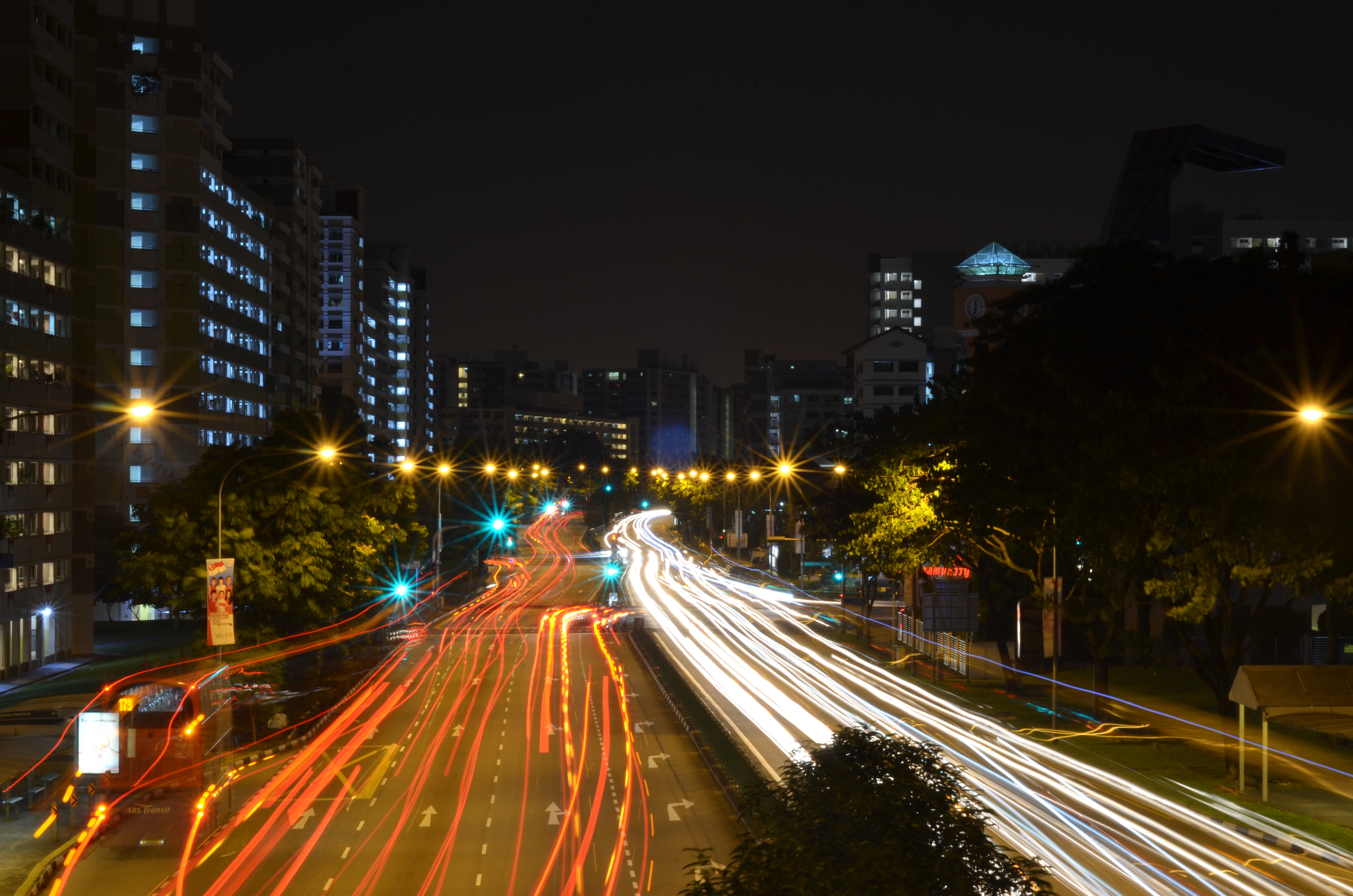
I decided to try two different methods to make my timelapse video. For the first, I took a 15-minute long video and sped the footage up in Premiere Pro.

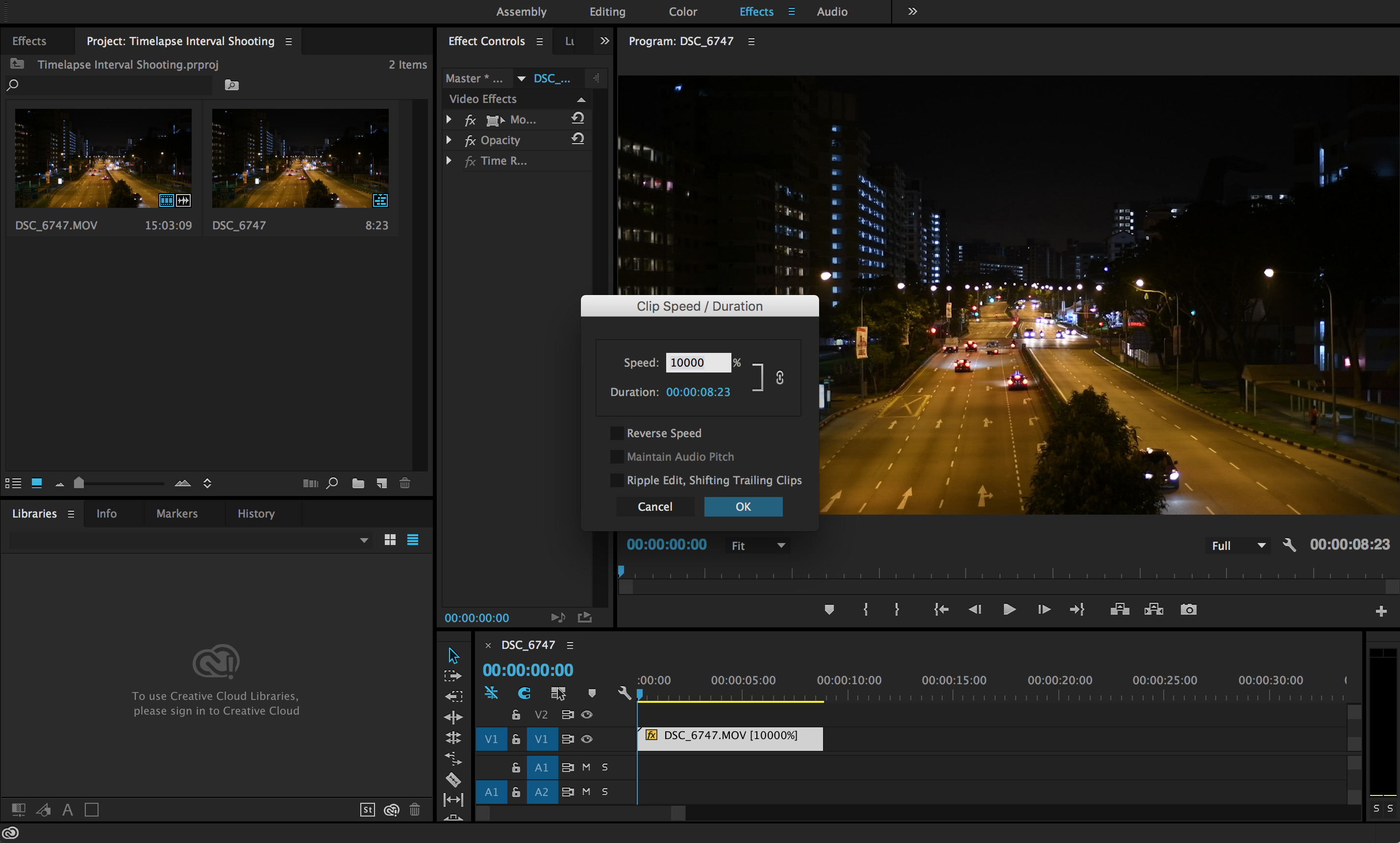
Over on Premiere Pro, I increased the speed of the video to the maximum of 10,000%. The downside of shooting using the video function of my DSLR were that I had to keep my shutter speed to a comfortable 1/50 in order to prevent any slowing down of frames. To combat the dark exposure, I had to crank up my ISO to 800 and even so, the blacks in my footage were still crushed and created a rather flat image.
Decent but not the look I was going for. The light trails were also missing which defeated the purpose of shooting a timelapse at night.
The next method required some research before I headed out to shoot and with the new information ready, I proceeded to embark on my first interval timelapse photography experience. With more leeway now to exposure settings, I was able to set my camera to a 2-second exposure to capture just enough light trail details. I also preset my interval settings to shoot 375 photos.
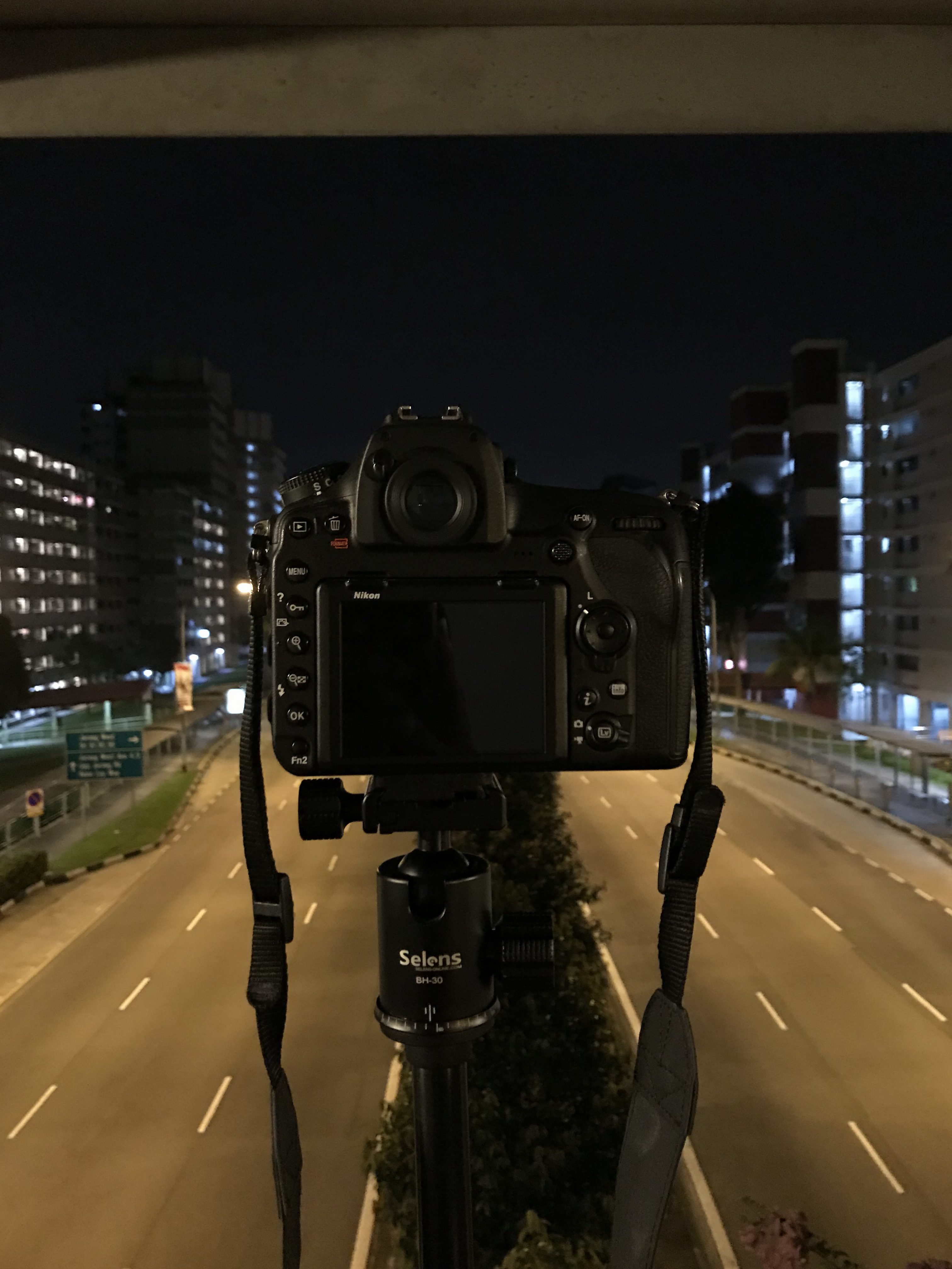
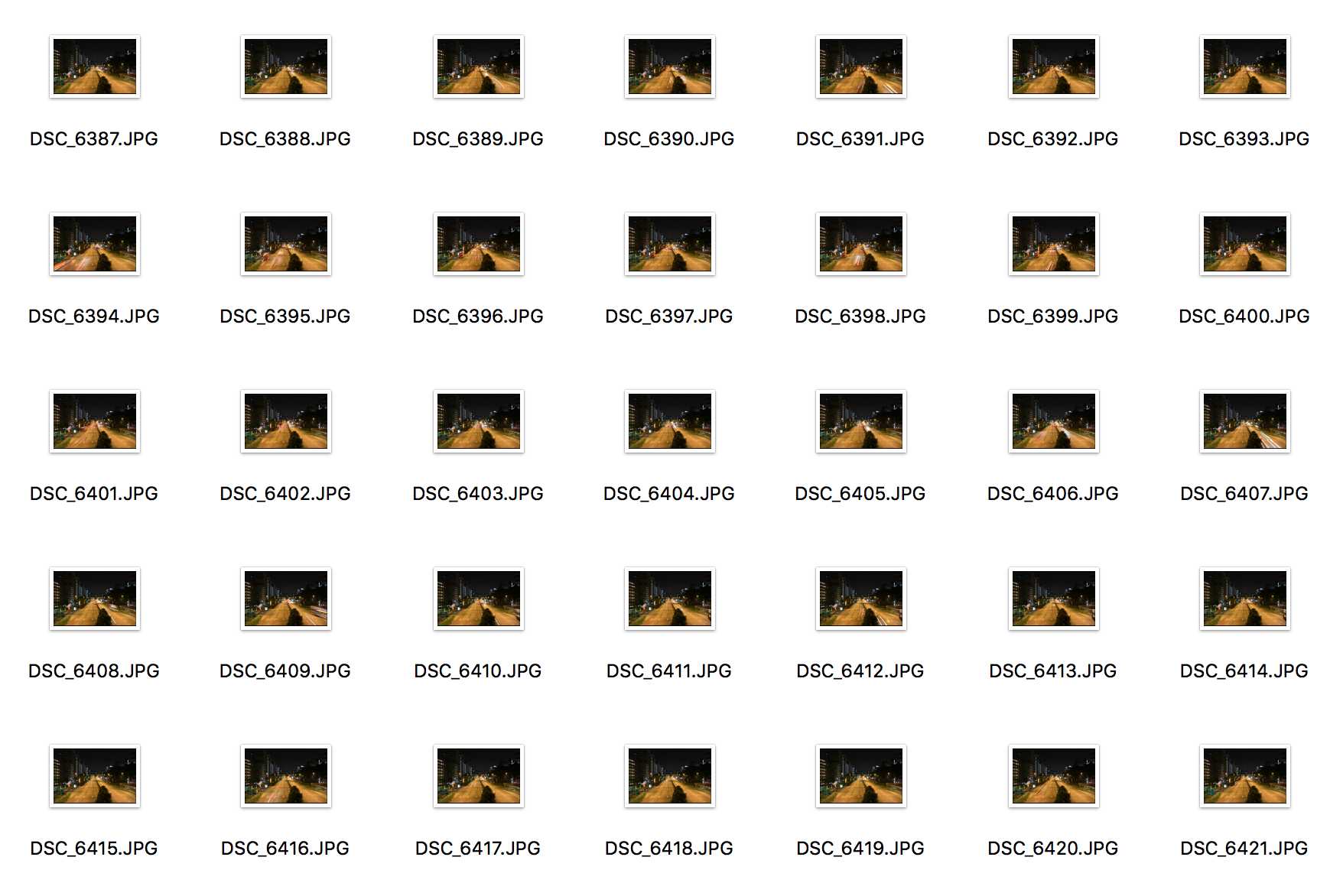
The key to getting a smooth motion in Premiere Pro was setting the ‘Still Image Default Duration’ to 1 frame.
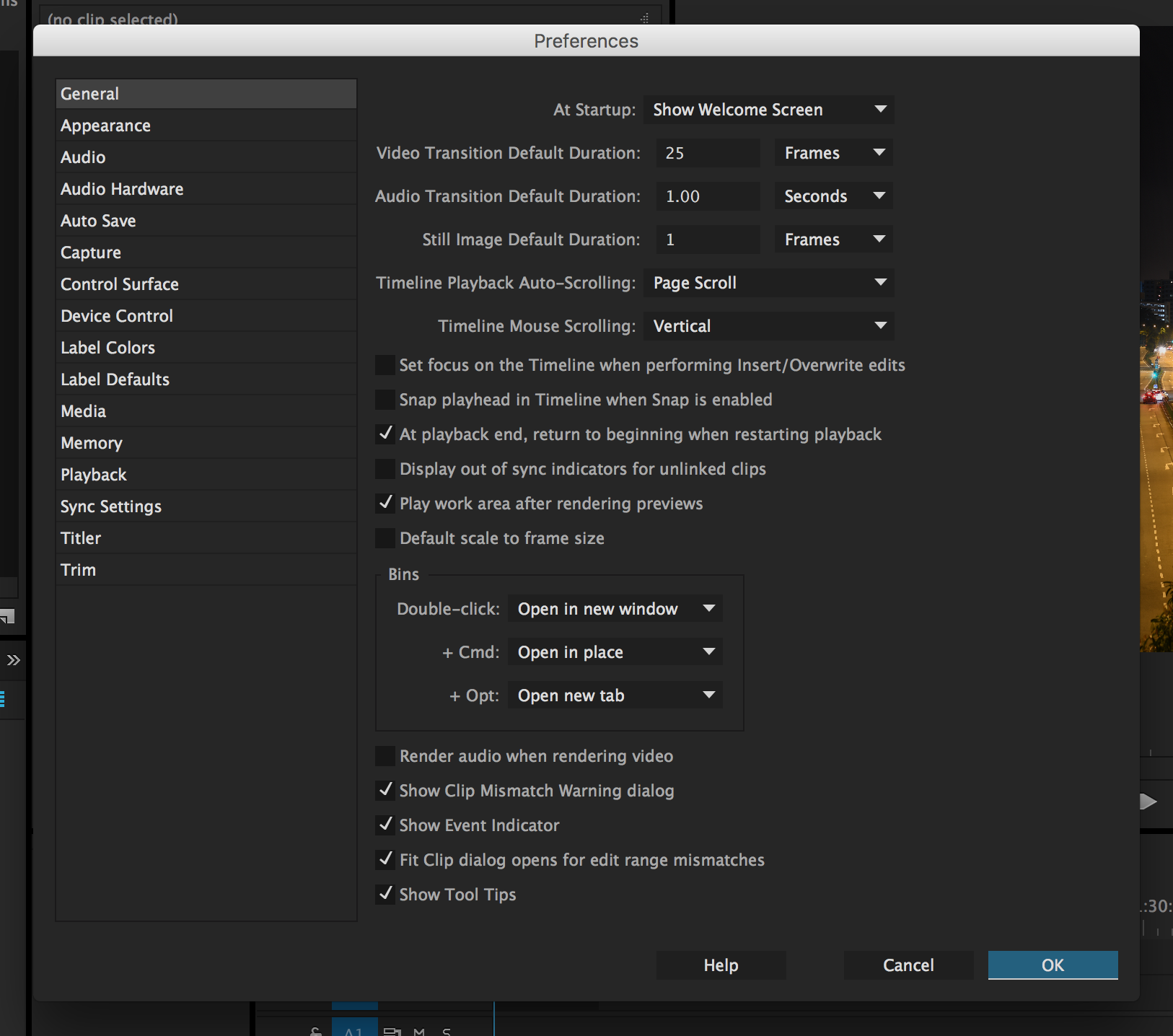
And with that, this was the result I got
With this method, the benefits were a more fine-tuned exposure setting that retained a higher dynamic range. The photos could be shot on a low ISO, slower shutter speed, and open aperture and as such did not compromise on overall image quality. The blurring of movement also fully translated the idea of a timelapse and did not make the cars look so static as compared to the first video.
In conclusion, I am very happy with the outcome of my video and can finally understand and see how this method of making a moving image is both interesting and visually appealing. I am also glad I took the time to explore a feature of my camera that I had never used prior. The possibilities are endless and I would very much like to continue working with interval photography.
You must be logged in to post a comment.